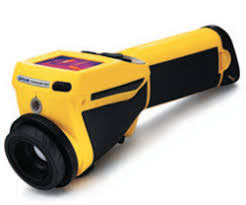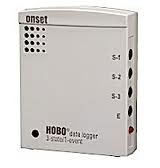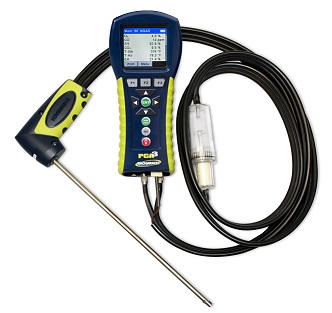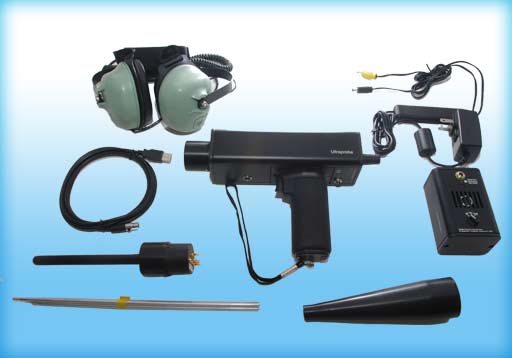Equipment
The following equipment aids in identifying potential energy saving opportunities as well as training opportunities for our students.
1. Infrared Camera

Infrared cameras are designed to sense different amounts of infrared energy emitted from hot surfaces of operating equipment at a plant. Heat is always a byproduct of electrical, mechanical, and heat treatment processes.
Infrared thermography helps identify hot surfaces, which when insulated, reduce energy consumption by reducing heat loss to the surrounding atmosphere through convection and radiation. It is also useful in locating loose electrical connections and helps to profile plant facilities.
2. Data Loggers

These data loggers accept a wide range of energy sensors. When mounted on electrical wires feeding motors, they can be programmed to record the current or voltage input over the operating time, which will help identify the energy use pattern, duty cycle, and other operational variables.
They can often reveal hidden energy waste that is normally not noticeable by plant staff.
3. Combustion Analyzer

A combustion analyzer helps in discovering combustion parameters such as amount of excess air, amount of CO2, stack temperature, and combustion efficiency for various natural gas/oil fired combustion equipment such as boilers and furnaces.
This analysis helps in figuring out energy waste and in determining optimum settings for the energy efficient operation of burners, ovens, water heaters, furnaces, and heat-treating equipment.
4. Ultraprob 9000

The Ultraprobe 9000 helps in discovering compressed air leaks, test steam traps, and analyze mechanical/electrical systems.
This analysis helps in quantifying energy and cost saving opportunities in compressed air, steam system, as well as electrical/mechanical equipment.
5. Light Meter
A light meter is used to check light levels in various parts of the facility and to identify over-illuminated and under-illuminated areas. Significant savings are possible by adjusting light levels in over-lighted areas of the facility as well as installing more efficient lighting upgrades. On the other hand, better lighting in poorly illuminated areas can improve quality and increase productivity.

